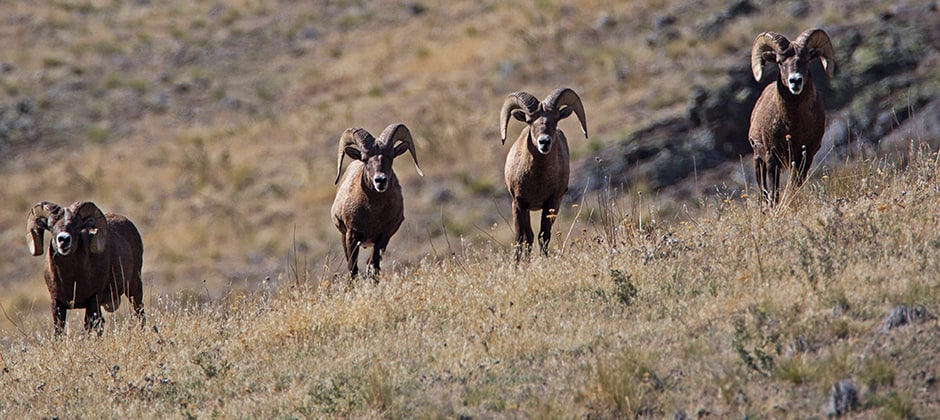Share this article
Evolution can happen fast, but can it keep up with climate change?
When we think of evolution, we often think of the millions of years of slow adaptations that gradually see ducks emerge from dinosaurs, or large gray wolves (Canis lupus) in cooler climates becoming smaller Mexican wolves (Canis lupus baileyi) in the southwestern U.S. But sometimes, researchers found, evolution can happen fast—in just a few generations. The findings could have ramifications for how we look at wildlife adapting to climate change and habitat loss, but not in the way you might think.
“We have the opportunity to see exciting things in this mechanism of Darwinian evolution playing out over a few generations,” said Timothée Bonnet, a research fellow at Australian National University and lead author of a recent study in Science. “We can really see it.”
That’s not the finding Bonnet expected to come up with when he and his team embarked on their research—a meta-analysis of 19 studies involving birds and mammals around the world. Those species included bighorn sheep (Ovis canadensis), red squirrels (Sciurus vulgaris) and song sparrows (Melospiza melodia) in Canada; rhesus macaques (Macaca mulatta) in Puerto Rico; spotted hyenas (Crocuta crocuta), yellow baboons (Papio cynocephalus) and meerkats (Suricata suricatta) in Africa; red deer (Cervus elaphus) and blue tits (Cyanistes caeruleus) in Europe; and superb fairywrens (Malurus cyaneus) in Australia.
But no matter how many times he and his team ran the models, the results came back the same. Species were undergoing adaptive evolution about twice as fast as they expected, and some species responded faster than others. Red deer in the United Kingdom, for example, were giving birth earlier in the season. Snow voles (Chionomys nivalis) in Switzerland were becoming smaller. Spotted hyenas may have developed resistance to a deadly disease epidemic. Bighorn sheep were growing smaller horns in response to hunting pressure.
“Going into it, I was expecting to mostly see very small values of adaptive evolution,” Bonnet said. “Obviously, we were wrong.”
The study raises questions about wildlife’s ability to respond to rapidly changing environments including due to climate change. But it’s not as easy as saying wildlife will be able to respond faster than biologists thought, Bonnet said. “What we’re seeing is that these populations are evolving already, perhaps in response to to dramatic changes. But that can’t last forever,” he said.
For example, adaptations can cause species to lose important genetic differences. And while animals may evolve, it’s impossible for those changes to keep up with the constantly changing climate. “Climate change is not just something that happens once and species can adapt and catch up,” he said. “It’s something that happens every year. We know evolution can compensate only partly for these changes.”
The team initially set out to conduct what Bonnet called “a little review of genetic variation in fitness.” They put out a call to see if researchers around the world would be willing to share their data. They were, and as the project grew, Bonnet’s team set out to develop statistical methods to measure the genetic variance of fitness to help them make sense of data they collected.
They weren’t the first researchers to do it, Bonnet said, but the number of studies they were able to draw from gave them results that previous research didn’t find. That could change the way managers and scientists think about populations, he said.
“We really need to consider evolution as a mechanism that’s going on now and that’s really affecting wildlife in real time,” Bonnet said. That mechanism, he said, is important to consider in all wildlife research. “In the past we had the tendency to assume that evolution would be such a minor force when you consider a few generations. I think that’s not appropriate anymore if we want correct answers to our questions.”
Header Image: In several species, including bighorn sheep, evolution can be seen taking place over a matter of generations. Credit: Ryan Haggerty/U.S. Fish and Wildlife Service








